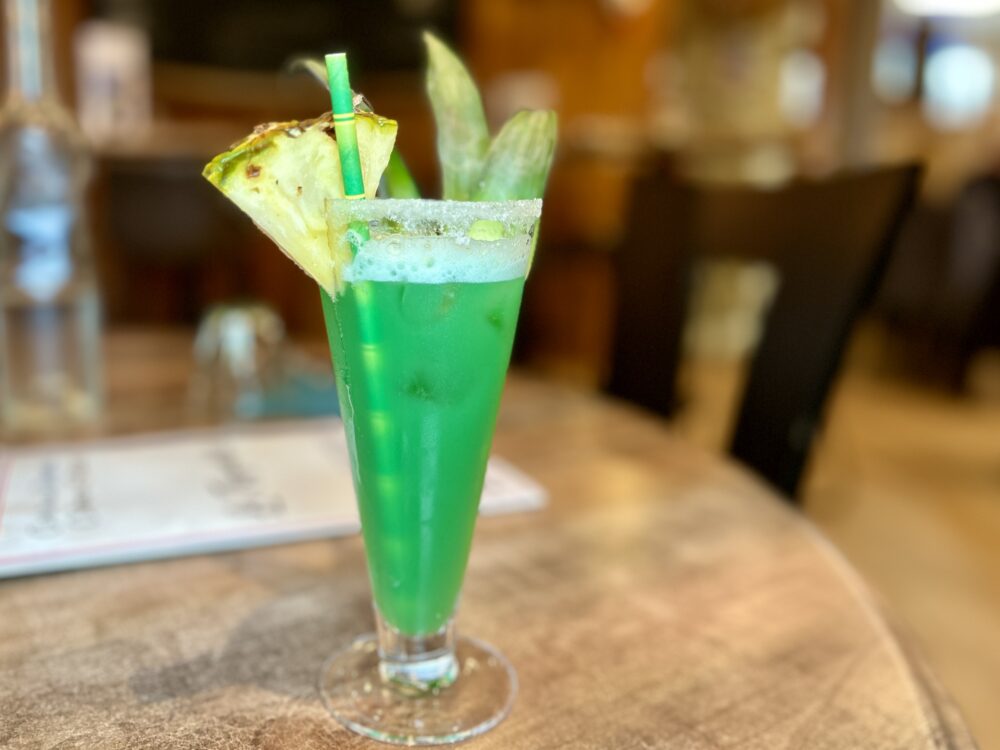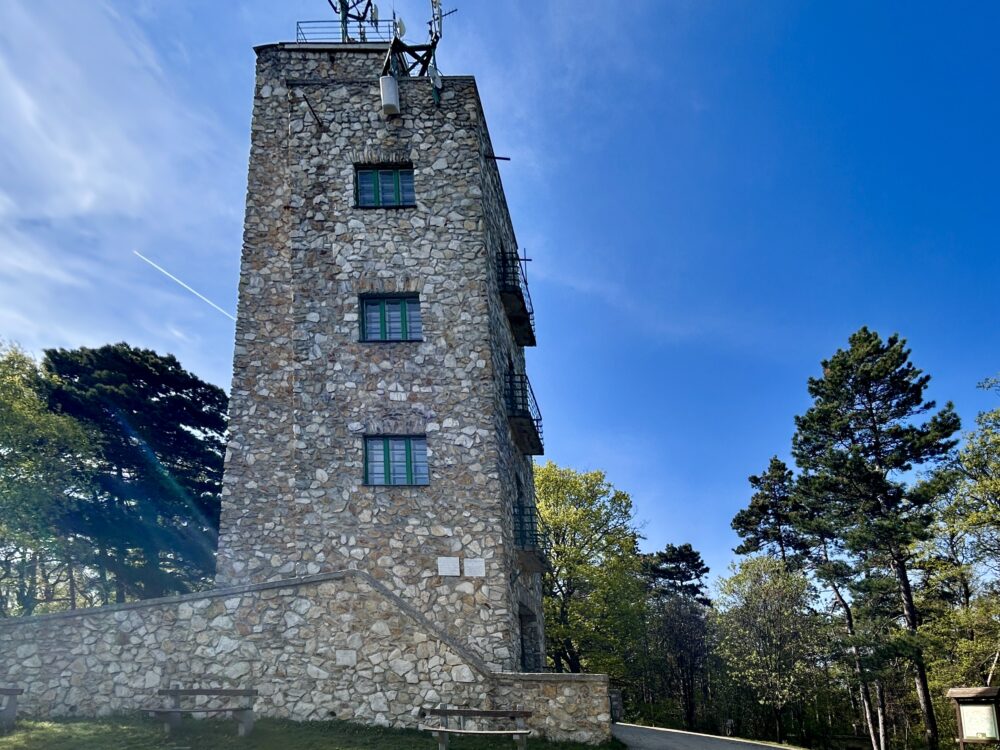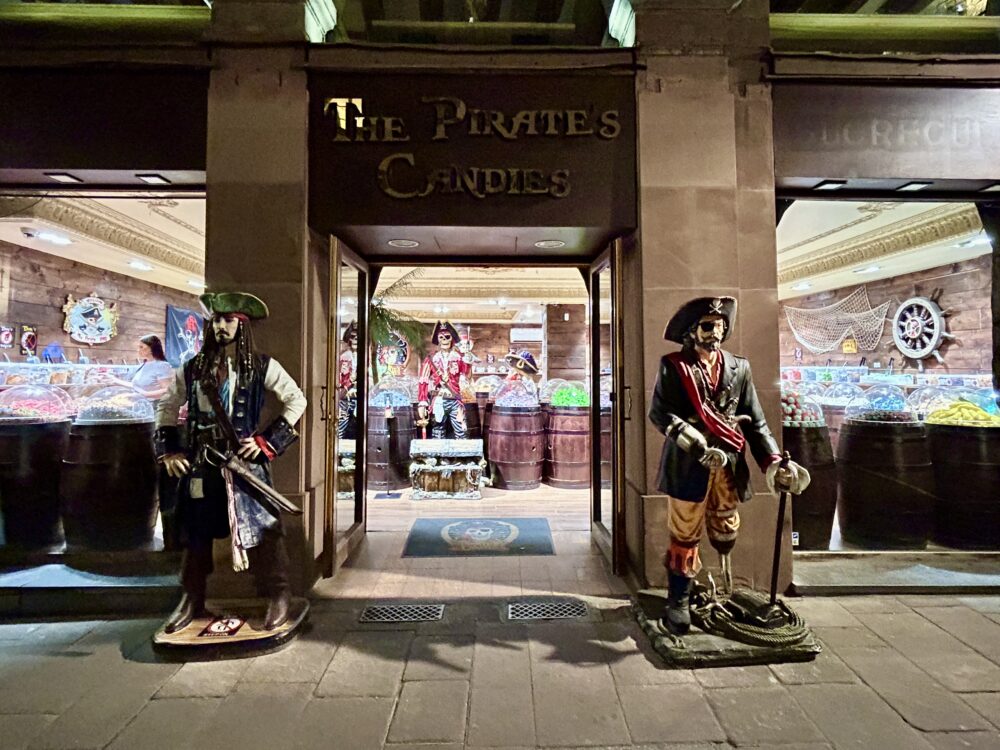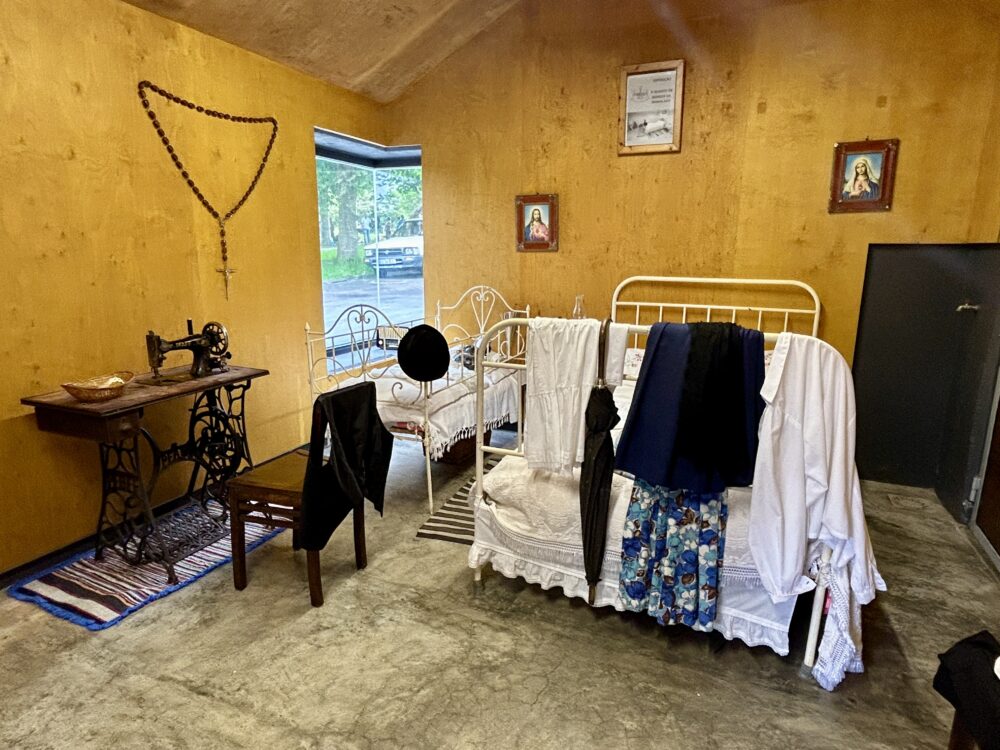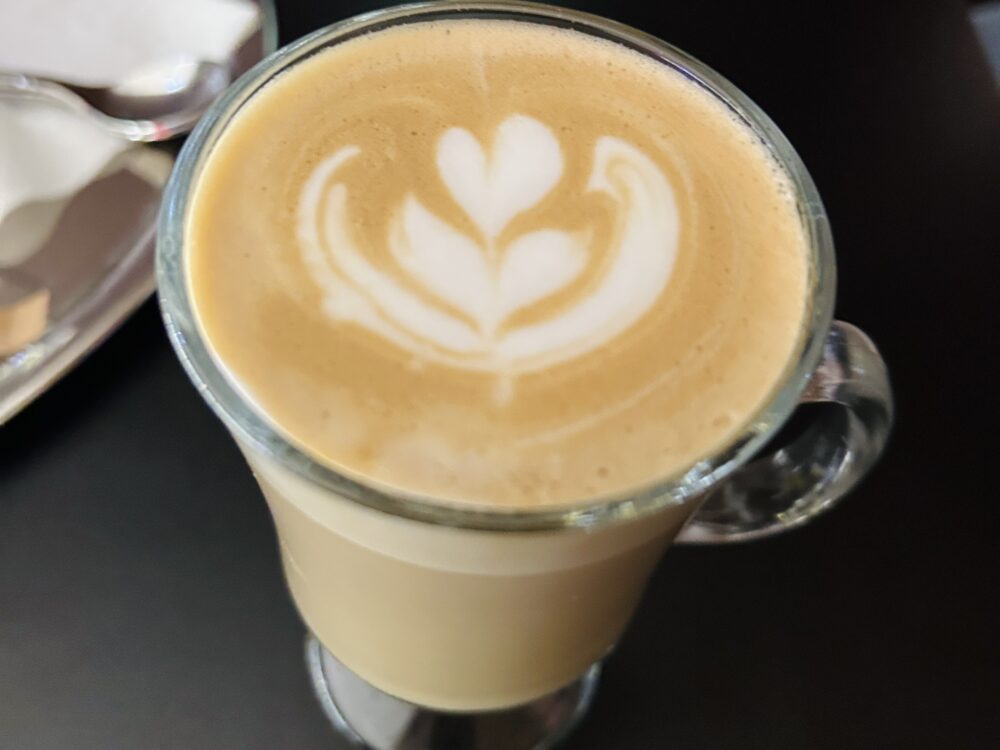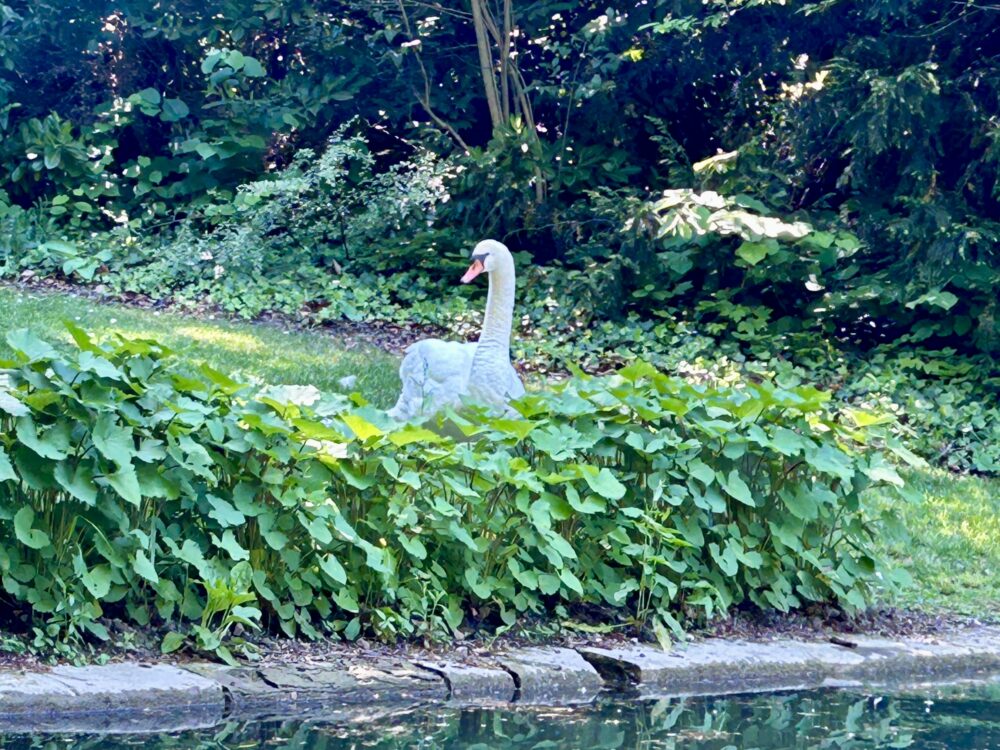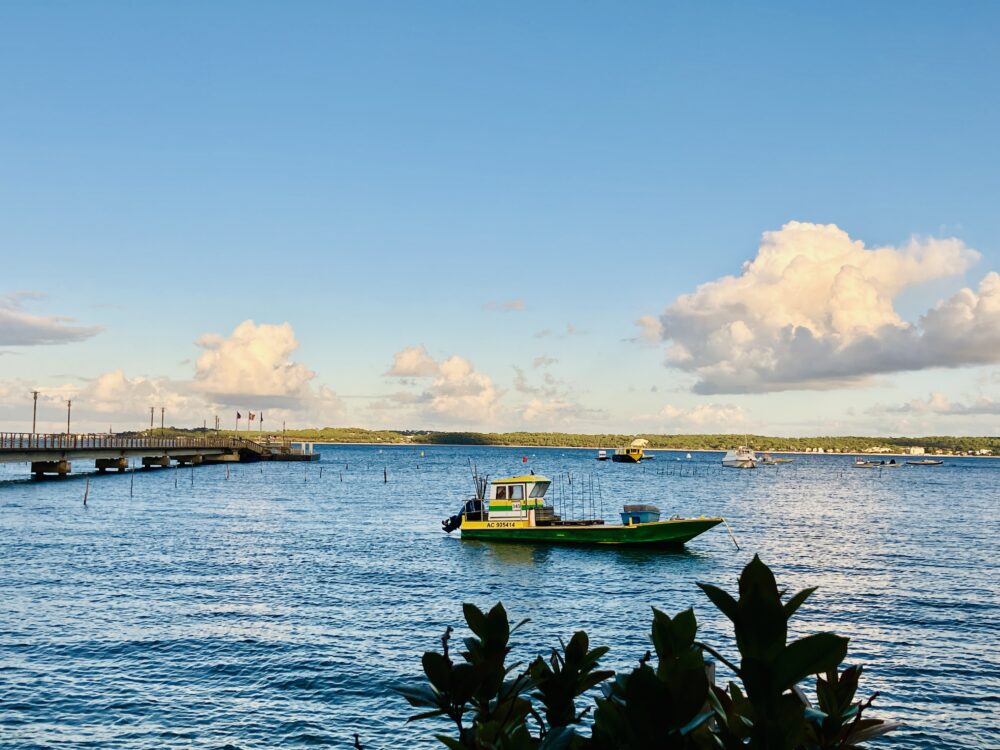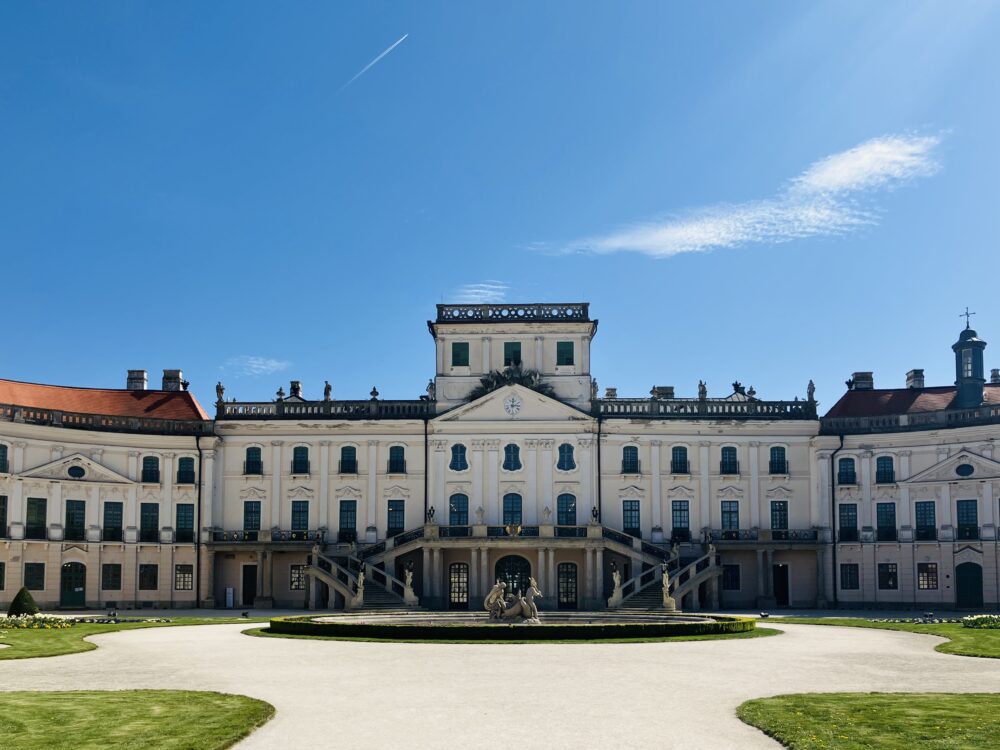Inventing the Mojito
The origins of the Mojito can be traced back to 16th century Cuba. Legend has it that the drink was first concocted by African slaves working in the sugarcane fields. They used “aguardiente,” a primitive form of rum, mixed with lime, sugar, and mint to create a refreshing beverage. However, the modern Mojito as we know it is often attributed to Cuban bartender Ángel Martínez, who purportedly perfected the recipe at the famous La Bodeguita del Medio in Havana during the 1940s.
Components and the Green Connection
A traditional Mojito consists of five key ingredients: white rum, sugar (traditionally cane sugar), lime juice, soda water, and mint. The green hue of the drink primarily comes from the fresh mint leaves and lime juice, which not only add to its vibrant appearance but also enhance its refreshing flavour. The presence of these ingredients symbolises the lush, green landscape of Cuba and adds to the visual and sensory appeal of the cocktail.
Interesting Anecdote and Cultural References
The Mojito has a storied presence in popular culture, most notably thanks to Ernest Hemingway. The legendary author was a regular patron of La Bodeguita del Medio, where he famously declared, “My mojito in La Bodeguita, my daiquiri in El Floridita.” This association with Hemingway helped cement the Mojito’s status as an iconic Cuban cocktail. Over the years, the drink has appeared in various films and TV shows, becoming a symbol of leisure and tropical relaxation.
Virgin Mojito (Non-Alcoholic) vs. Real Mojito
For those who prefer a non-alcoholic alternative, the Virgin Mojito offers the same refreshing taste without the rum. The Virgin Mojito is made with all the same ingredients as the traditional Mojito, but with the rum replaced by extra soda water. Whether you’re sipping on a classic Mojito or a Virgin Mojito, the blend of mint, lime, and sugar creates a delightful, thirst-quenching experience.
#MojitoMagic #CocktailHistory #CubanClassics #DrinkGreen #VirginMojito



